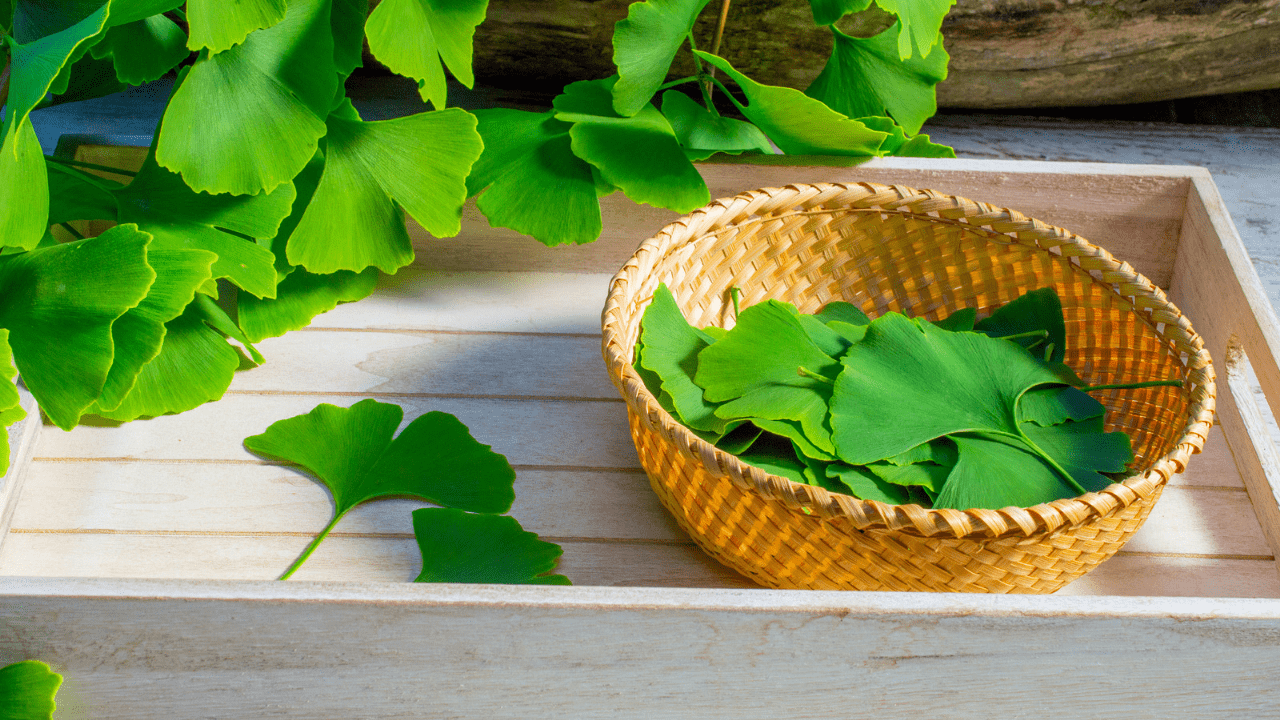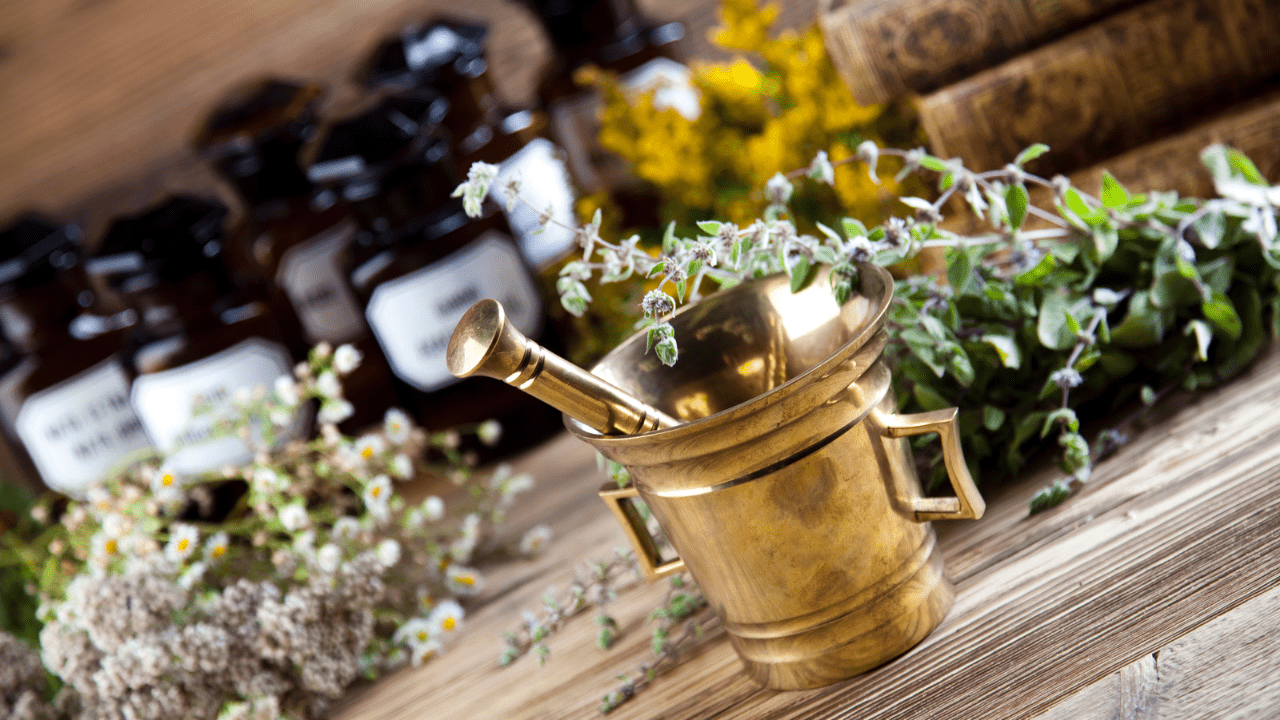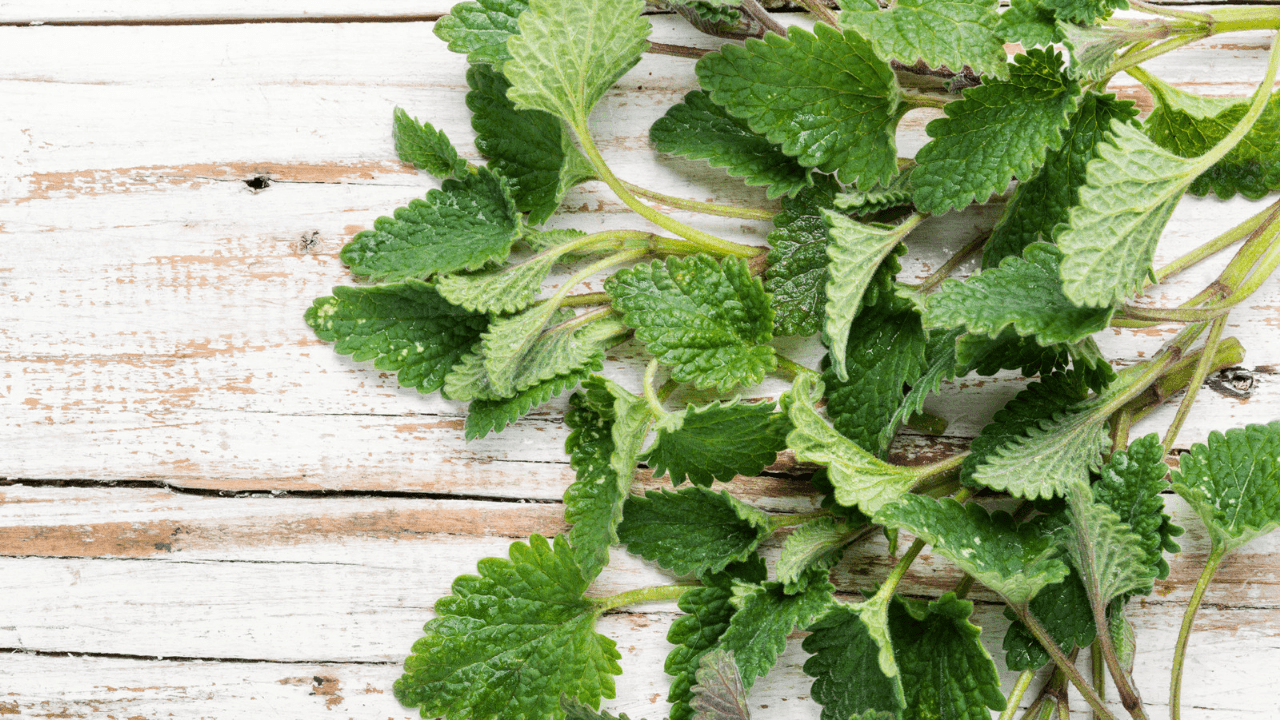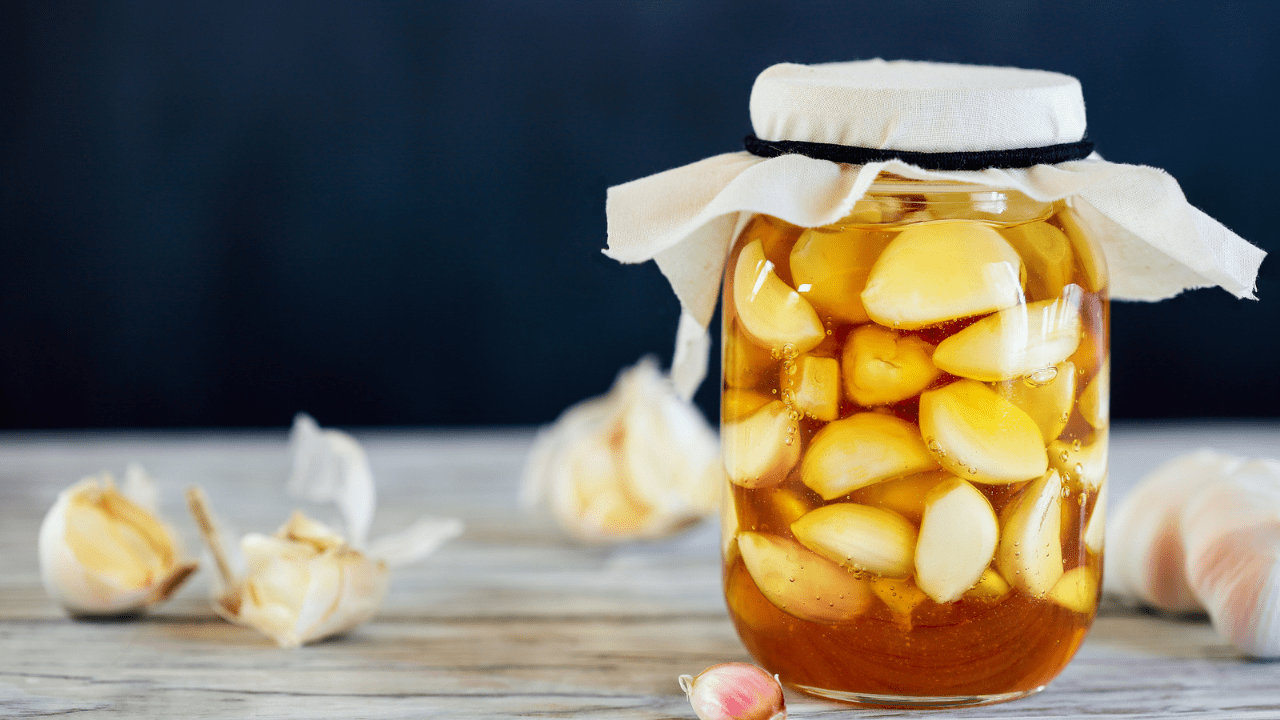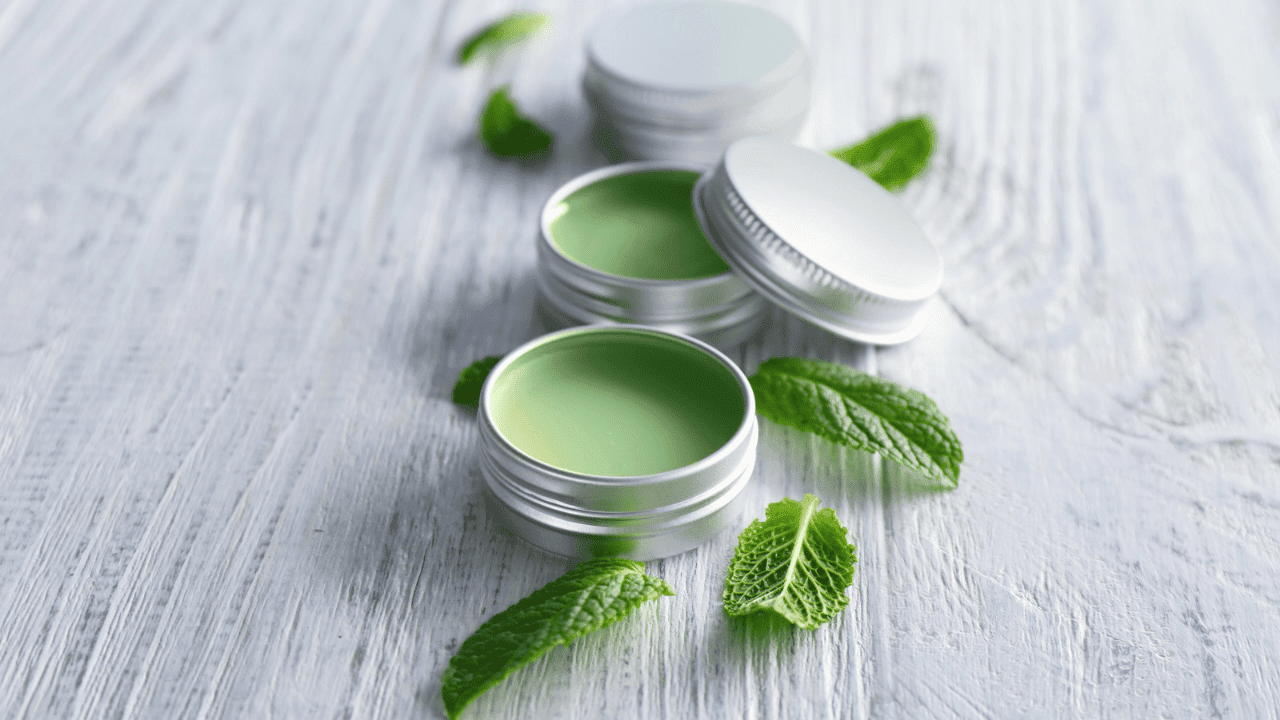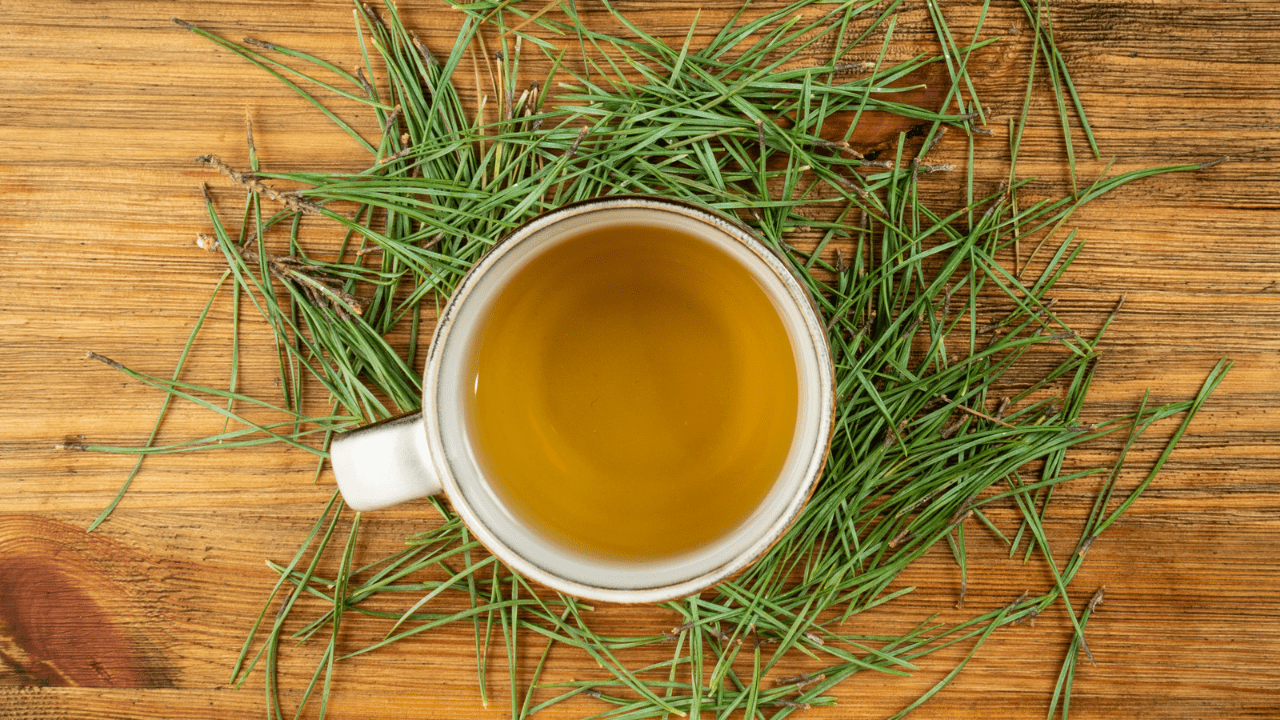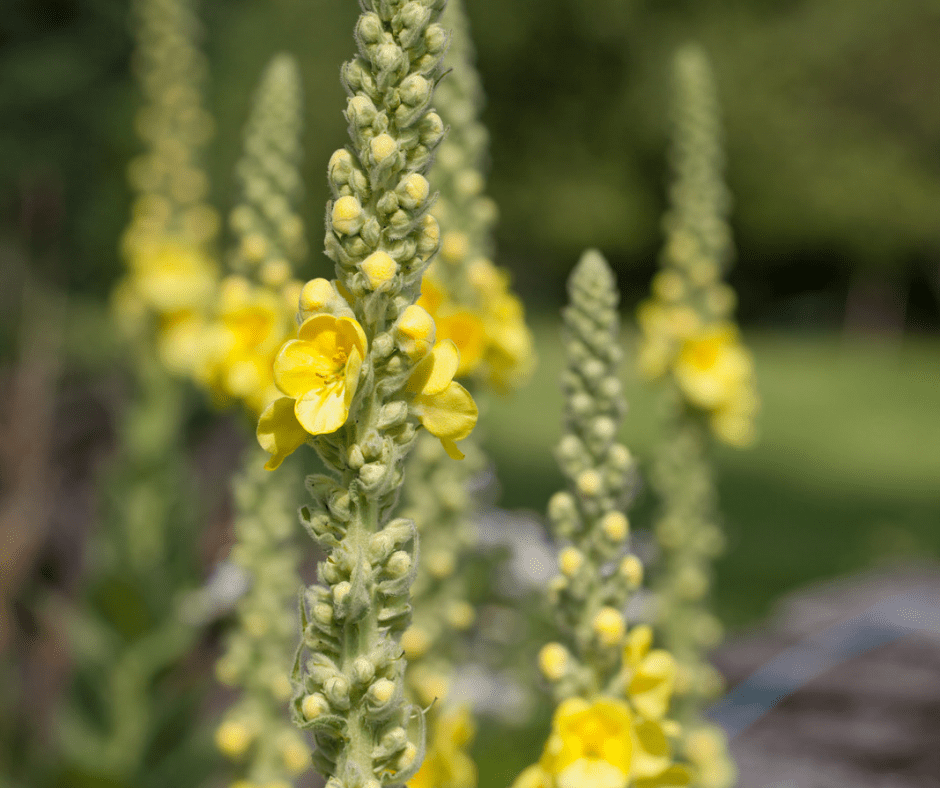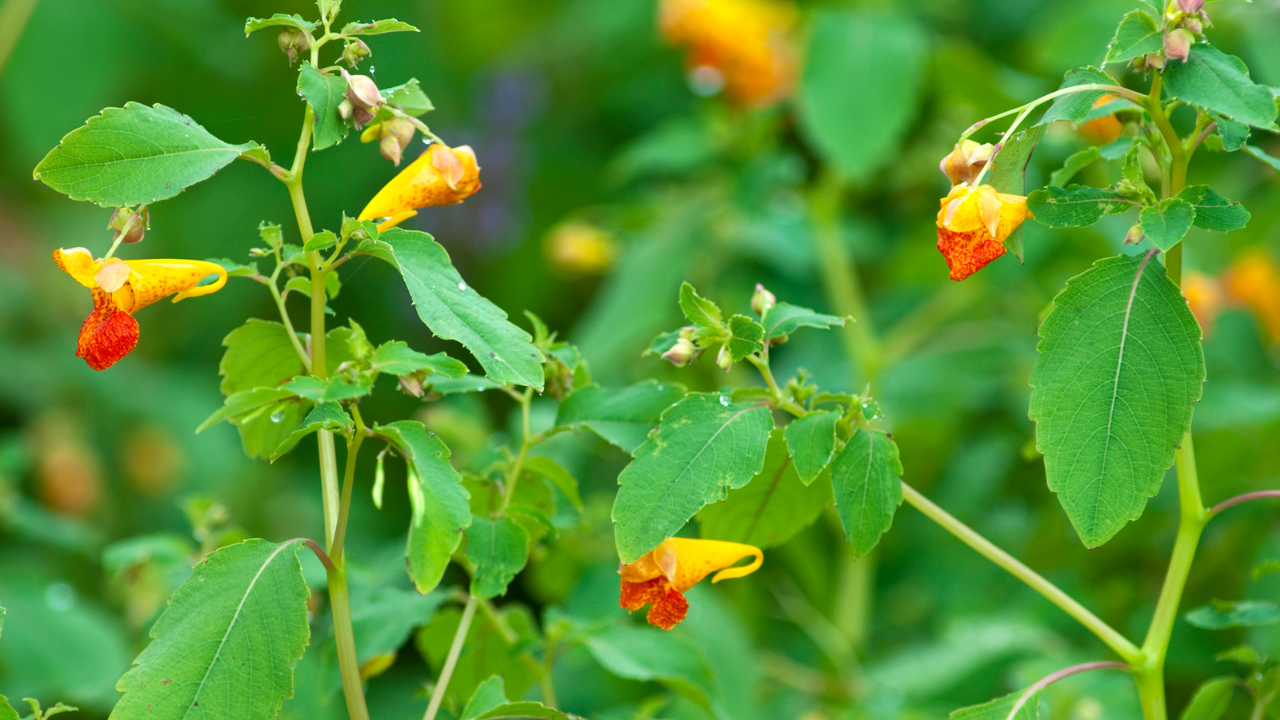Ginko Biloba, the Ancient Tree Of Medicine
The ginkgo tree (Ginkgo biloba), is one of the oldest living tree species on Earth. It has a fascinating history that dates back millions of years. Originating in China millions of years ago, the ginkgo tree has survived many major extinction events and geological changes. Fossils of ginkgo leaves have been found from around 270 million years ago, during the Permian period. This makes it a living fossil, as it has remained relatively unchanged for millions of years. Ginkgo trees have played an important role in human history as well. In ancient China, ginkgo was considered a sacred tree and was planted near temples and palaces. Its fan-shaped leaves were admired for their beauty and symmetry. Ginkgo leaves were also used in traditional Chinese medicine for centuries to treat various ailments, including memory improvement and respiratory issues. During the 18th and 19th centuries, ginkgo trees were introduced to Europe and…
Detoxify With These Herbs
Detoxifying the body is certainly not a new fad, although it has become increasingly popular in recent years. Historical humans had many different forms of detoxification, and many of those practices were based around religious beliefs. However some forms of detoxification came naturally. For example, after a long cold Winter, humans would gorge on fresh nutritious foods that would stimulate the digestive tract and cleanse the lymphatic system. This helped to detoxify the system and jump start the immune response. Why Detox? 1. Remove Toxins: People nowadays have grown accustomed to the processed foods they are eating and realized they need to make a change. Unfortunately, we live in a world where pollutants abound. We are frequently exposed to dangerous poisons from our surroundings, food to housekeeping and beauty goods. The good news is that our bodies are built to cleanse themselves. Processed foods and sugar on the other hand,…
The Berry That Can Help Your Heart
There are many medicinal herbs that are good for the heart, but none stand out quite like Hawthorn. Hawthorn (genus Crataegus), also called thornapple, is a genus of thorny shrubs or small trees in the rose family (Rosaceae), native to the north temperate zone. Many species are common to North America, and a number of cultivated varieties are grown as ornamentals for their attractive flowers and fruits. Hawthorn has played an important role in historical folklore throughout the world. In Europe hawthorn was believed to be a tree of magical enchantment and is strongly associated with Beltane, the ancient festival celebrating spring. In Celtic mythology it is one of the most sacred trees and symbolises love and protection. It is also believed that the crown of thorns that adorned Jesus’s head during the crucifixion was made of hawthorn. The importance of this tree and it’s medicinal and magical value wasn’t…
Lemon Balm, the Herb That’s Said To Extend Your Life
The secret to a long life
Honey Fermented Garlic
Honey fermented garlic
Homemade Vicks Vapor Rub
Homemade Vicks Vapor
Stinging Nettle For Prostate Conditions
Prostate health is just as important to men as breast and ovarian health is to women. Common prostate disorders such as BPH exist in over half of all men. By age fifty, 50% of men will suffer from BPH. That number jumps to 70% among men aged 60 to 69 and around 80% of men over 70 years of age. Benign prostatic hyperplasia (BPH) also called prostate gland enlargement, is a common condition that effects men as they age. An enlarged prostate gland can cause uncomfortable urinary symptoms, such as blocking the flow of urine out of the bladder. It can also cause bladder, urinary tract or kidney problems. The severity of symptoms in people who have prostate gland enlargement varies, but symptoms tend to gradually worsen over time. Common Signs & Symptoms of BPH • Frequent or urgent need to urinate • Increased frequency of urination at night •…
White Pine Benefits & Uses
White pine (Pinus strobus) is a fast-growing, medium-sized conifer tree with long needles and a very straight trunk, growing up to 100 feet in hight. Native to north-eastern parts of North America, with varieties growing in the mountains of Mexico and Guatemala, white pine became an important resource for many indigenous tribes. The inner bark was an available food source that was eaten by either boiling it, or grinding it into a powder which acted as a flour alternative. This pine flour was not used in the way we use flour today, to bake breads, cakes, etc. This was added to pots of stew to thicken it and add needed nutrition. White pine was also used as a material source. Before the arrival of Europeans, many eastern tribes used the huge, straight trunks of white pines for dugout canoes. Pine pitch was also made from the sap and used as…
Mullein Benefits & Uses
Respiratory Support
Treating Fevers With Herbs
“Cool down” tea for children
Jewelweed, Poison Ivy’s Arch-Nemesis
The Natural Remedy For Poison Ivy
How to get rid of Molluscum Contagiosum for good
This was one of the worst experiences in my life
